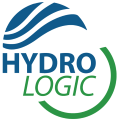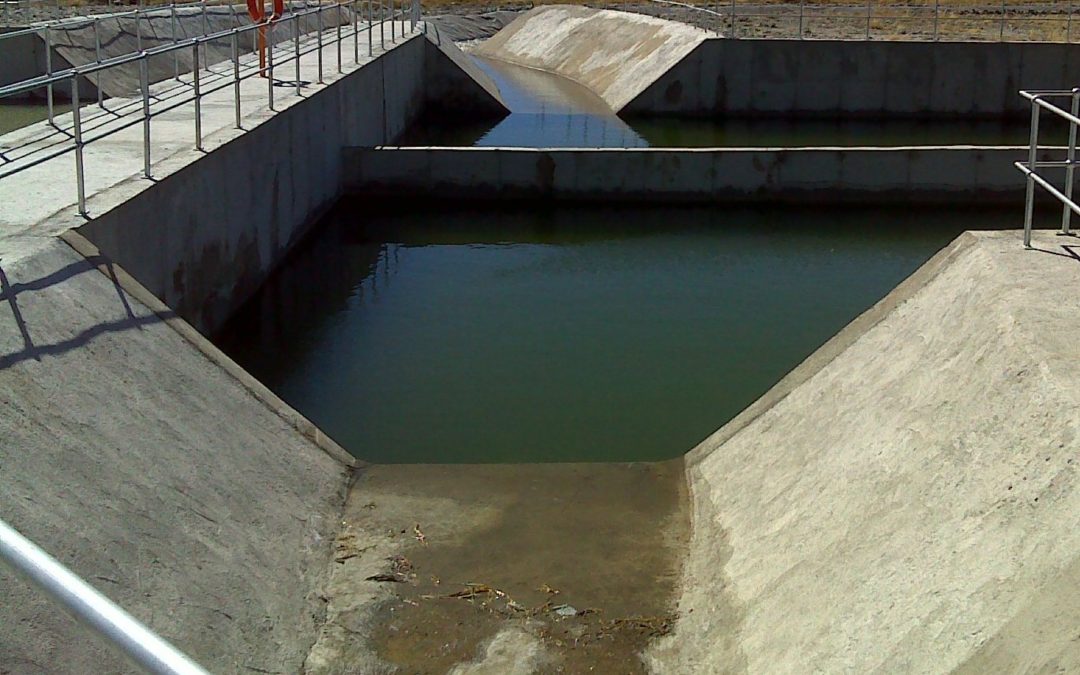At Hydrologic Consulting, we are often tasked with the development of storm water management plan (SWMP) for a site. The development of a site alters the natural environmental state, thereby affecting the generation of storm water on the site, both in terms of quality and quantity of storm water produced. SWMPs are consequently necessary to mitigate the negative impacts of a development.
These SWMPs can relate to mining where the emphasis is on meeting the conditions of Government Notice 704 (GN704), or it can also relate to a variety of other types of infrastructure such as roads, wind farms and housing estates where the emphasis is on meeting the requirements outlined by the National Environmental Management Act (NEMA) EIA regulations (Government Notice R 982 of 2014). In general, both government notices aim to protect adjacent watercourses (e.g. rivers, wetlands and dams) by requiring developers to implement necessary mitigation measures, the scale of which, depends of the type and extent of the proposed activity/infrastructure.
When considering mining (and by association GN704), the focus is on the separation of clean and dirty water areas so that rainfall (and subsequent runoff) on a dirty area, does not mix with a clean area as this would result in unnecessary contamination of a water resource. This potential contamination is exacerbated by the usually high concentration of heavy metals and other pollutants that a mine’s development mobilises. Separation of dirty and clean areas is achieved using diversions that create hydraulic divides between clean and dirty areas, routing runoff to suitable areas. In the case of clean diversions, collected runoff can be routed into the downstream (clean) environment, whereas dirty diversions need to route collected runoff into pollution control dams (PCDs). These PCDs contain dirty mine water which is ideally reused as part of the mine’s process water circuit or treated (if necessary) and discharged into the downstream (clean) environment.
Unlike mining, the development of alternative infrastructure (such as roads, wind farms and housing estates) usually presents less of a contamination risk and the focus normally turns to erosion control. The approach to erosion control has less stringent requirements compared to the pollution control associated with mining, as the aim is on limiting the amount of sediment eroded while promoting deposition of any eroded sediment before it enters an adjacent watercourse. Runoff from a disturbed site can usually just be slowed down enabling sediments to drop out, before continuing into the downstream environment without any containment necessary.
Optimise your Storm Water Management
At Hydrologic Consulting, we utilise PCSWMM storm water modelling software to conceptually configure, simulate and then optimise a developments SWMP. This enables us to produce a robust SWMP that can clearly illustrate the approach to effective (and compliant) storm water management on a site while bearing in mind the difference between GN704 and NEMA requirements.

